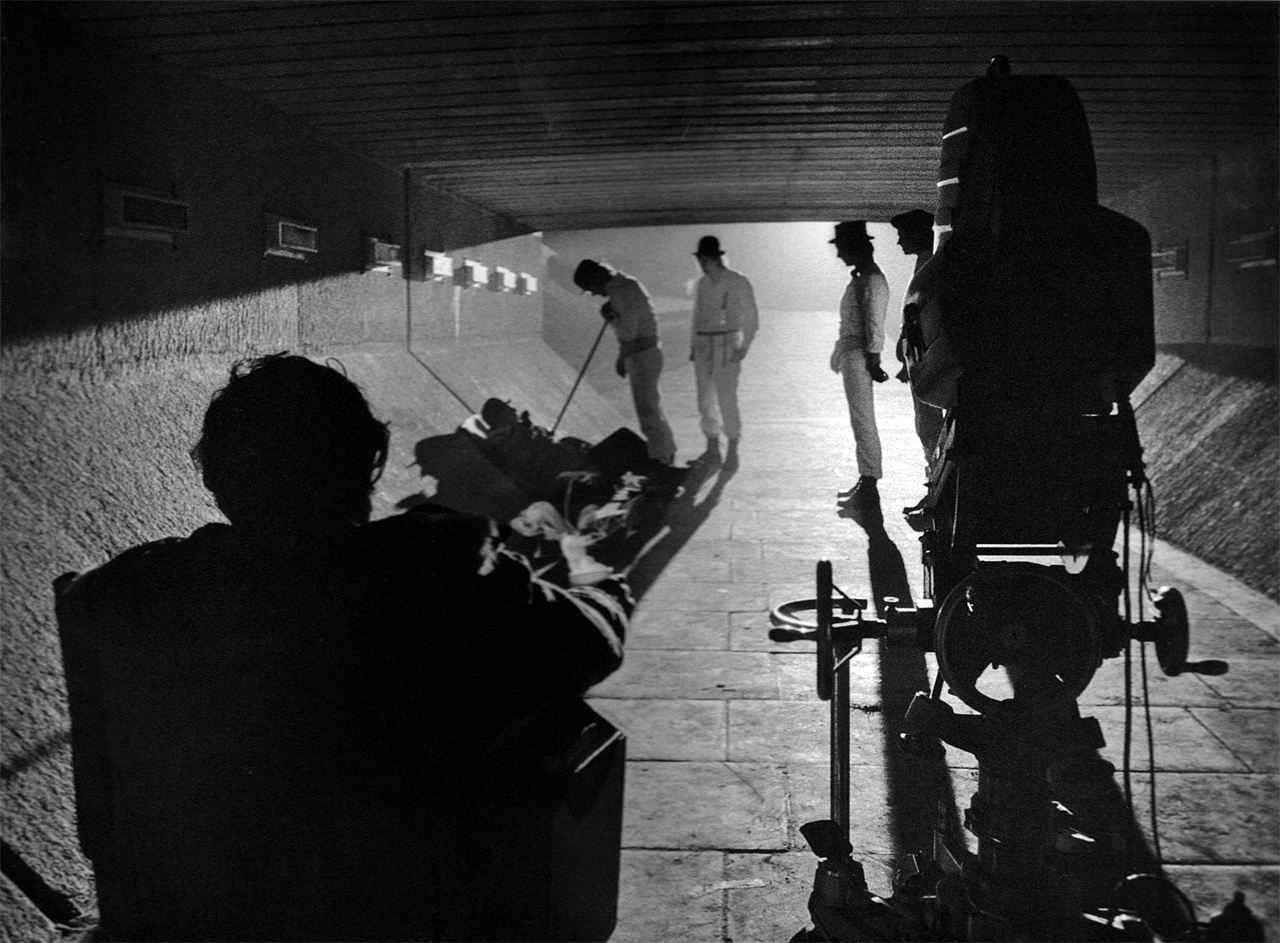Today in Movie Culture: Gene Roddenberry Biopic Trailer, the Movies That Influenced 'Stranger Things' and More
Here are a bunch of little bites to satisfy your hunger for movie culture:
Redone Trailer of the Day:
With only days left until Jason Bourne arrives in theaters, here’s a version of its trailer redone in 8-bit video game style:
[embedded content]
Proof of Concept Trailer of the Day:
With good timing for the 50th anniversary of Star Trek, below is a great proof of concept trailer for a Gene Roddenberry biopic that’s in the works called The Pilot. It repurposes clips from Confessions of a Dangerous Mind, Argo and other movies (via Geek Tyrant):
[embedded content]
Cosplay of the Day:
This little girl cosplaying as Chewbacca (at Comic-Con?) would be adorable enough to share, but the fact that Peter Mayhew loves it makes it all the more wonderful:
The cutest picture I’ve seen all day? Here you go… pic.twitter.com/wCmA9pSOf7
— Peter Mayhew (@TheWookieeRoars) July 26, 2016
Alternate Ending of the Day:
X-Men: Apocalypse could have been much better if a handful of scenes went different ways, as seen in the following animated parody:
[embedded content]
Ending Explanation of the Day:
Do you love Christopher Nolan’s The Prestige but still don’t quite get the ending? WhatCulture is here to help, with obvious spoilers:
[embedded content]
Vintage Image of the Day:
Stanley Kubrick, who was born on this date in 1928, directs a famous scene from A Clockwork Orange, which turns 45 this year:
Homage Supercut of the Day:
Scenes from the Netflix series Stranger Things are shown side by side with the movies they pay homage to, including E.T. the Extra-Terrestrial, in this comprehensive video (via Cinematic Montage Creators):
[embedded content]
Video List of the Day:
Must See Films spotlights the 50 (actually 54) most under-appreciated, forgotten and misunderstood movies of all time:
[embedded content]
Filmmakers in Focus:
Star Wars: Episode VIII director Rian Johnson and Shaun of the Dead director Edgar Wright unite in this amazing filmmaker fan art (via Twitter):

Classic Trailer of the Day:
Today is the 20th anniversary of the release of Kingpin. Watch the original trailer for the Farrelly Brothers comedy below.
[embedded content]
and




